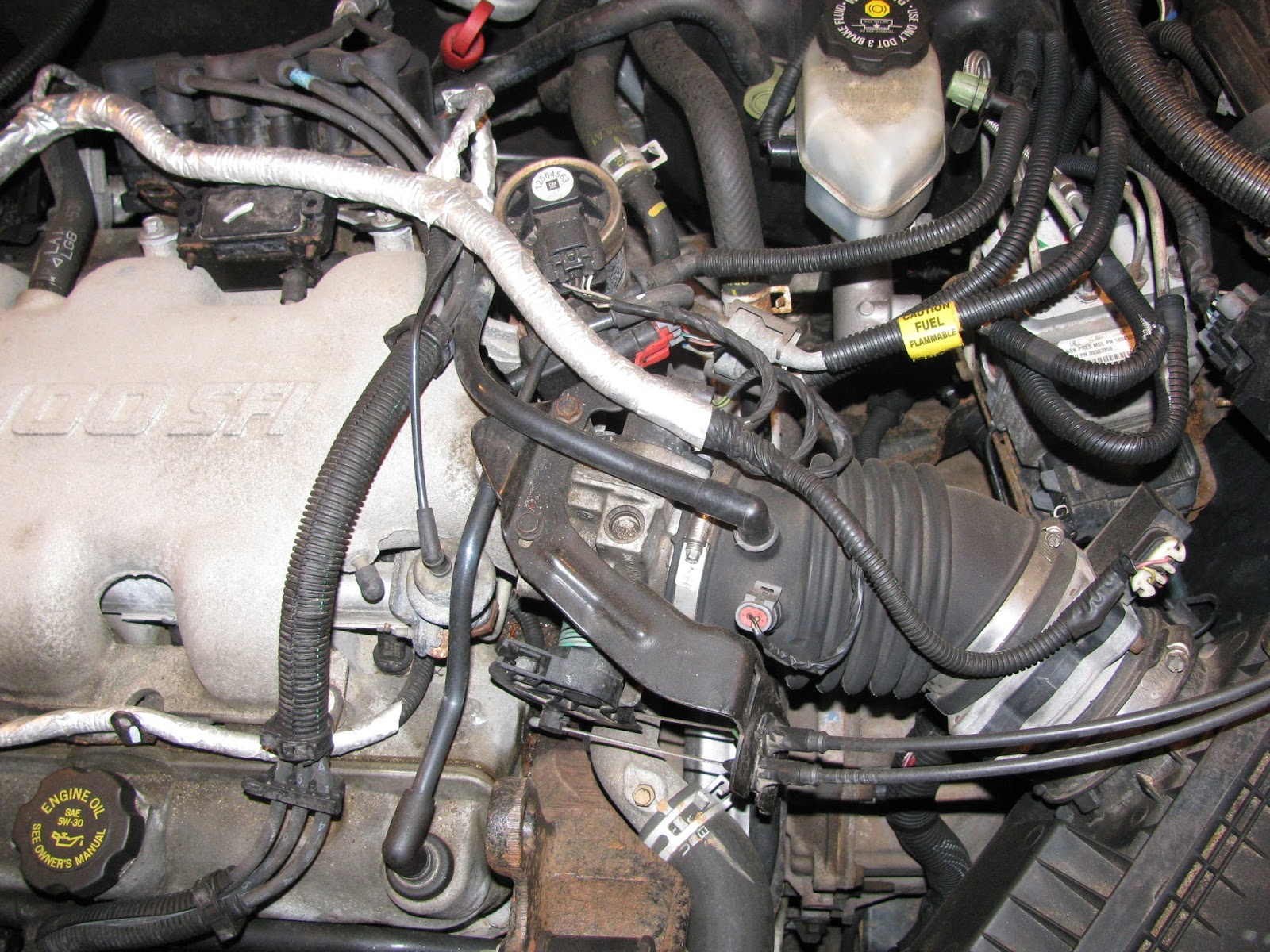Chevy 3.1L V6 Engine: A Comprehensive Guide
The ubiquitous rumble of a V6 engine has powered countless Chevrolet vehicles over the years. One of the most recognized of these power plants is the Chevy 3.1L V6, a workhorse known for its reliability and widespread use. This engine variant powered a generation of minivans, family sedans, and even some sporty coupes, leaving a lasting impression on the automotive landscape. But what makes this particular engine stand out, and what should owners and prospective buyers know about it?
The 3.1L V6, also known by its General Motors designation of the LH0, first appeared in 1990. It was designed as a more powerful and efficient replacement for the aging 2.8L V6. This engine quickly became a staple in Chevrolet's lineup, finding its way into popular models like the Lumina, Monte Carlo, and Camaro. Its appeal stemmed from a balance of decent power output, acceptable fuel economy for its time, and a relatively simple design that made it comparatively easy to maintain.
This engine’s significance lies in its role as a reliable and affordable power option for a wide range of vehicles. It filled a crucial gap in the market, providing enough power for everyday driving while maintaining a reasonable cost of ownership. The 3.1L V6 became a popular choice for families and commuters alike, cementing its place in Chevrolet's history. Understanding its strengths and weaknesses is vital for anyone considering a vehicle equipped with this engine.
Like any engine, the 3.1L V6 has its share of potential issues. One common problem is intake manifold gasket leaks, which can lead to coolant loss and overheating. Another area of concern is the lower intake manifold gasket, prone to failure and potentially causing internal coolant leaks. Regular maintenance and addressing these issues promptly are essential for preserving the engine's longevity. Recognizing the symptoms of these common problems can save owners significant time and money in the long run.
A well-maintained 3.1L can provide years of reliable service. Regular oil changes, coolant flushes, and attention to potential leak points are crucial. Understanding the specific maintenance schedule recommended by Chevrolet is key to maximizing the engine's lifespan. By addressing potential problems proactively, owners can avoid more costly repairs down the road. This engine's relative simplicity makes it accessible for DIY maintenance, further contributing to its affordability.
Advantages and Disadvantages of the Chevy 3.1L V6
| Advantages | Disadvantages |
|---|---|
| Reliable and Durable | Intake Manifold Gasket Issues |
| Good Fuel Economy for its Time | Lower Intake Manifold Gasket Problems |
| Easy to Maintain | Can be Noisy at Higher RPMs |
One benefit of the 3.1L was its relatively simple design, making it less complex to work on compared to some other V6 engines of the era. This simplicity translated to lower repair costs, especially for common maintenance tasks. For instance, replacing spark plugs or changing the oil was generally straightforward.
Another advantage was its decent fuel economy, especially when compared to larger V8 engines. While not a class leader in fuel efficiency by today's standards, it provided a reasonable balance of power and fuel consumption for its time. This was particularly appealing to families and commuters seeking a balance between performance and running costs.
A third advantage is the sheer availability of parts. Due to its widespread use, finding replacement parts for the 3.1L V6 is relatively easy and often inexpensive. This abundance of parts contributes to the engine's affordability and ease of maintenance.
FAQ:
What vehicles used the 3.1L V6? A: Chevrolet Lumina, Monte Carlo, Camaro, and other GM models.
What is the engine code for the 3.1L? A: LH0
What are common problems? A: Intake manifold gasket leaks.
How can I improve fuel economy? A: Regular maintenance and ensuring proper tire pressure.
What is the lifespan of this engine? A: With proper maintenance, it can last well over 200,000 miles.
Is it a good engine? A: It's known for its reliability and ease of maintenance.
Where can I find repair manuals? A: Online forums, automotive repair websites, and libraries often have resources.
What should I look for when buying a car with this engine? A: Check for leaks, listen for unusual noises, and ensure regular maintenance has been performed.
Tips and Tricks:
Regularly inspect for coolant leaks around the intake manifold.
Use quality coolant and change it according to the recommended schedule.
Consider using a scan tool to diagnose potential issues.
The Chevy 3.1L V6 engine served as a reliable and affordable powerplant for numerous Chevrolet and General Motors vehicles. While it has its known issues, primarily related to intake manifold gaskets, its simplicity, decent fuel economy, and readily available parts have contributed to its lasting popularity. Understanding its strengths, weaknesses, and common maintenance needs allows owners to enjoy years of trouble-free service. By proactively addressing potential problems and adhering to recommended maintenance schedules, drivers can maximize the lifespan of this resilient engine. For those considering a vehicle powered by the 3.1L V6, researching its history and common problems can help inform their decision. Ultimately, this engine represents a significant chapter in Chevrolet's automotive history, demonstrating the value of a balanced approach to power, efficiency, and affordability.
Elevate your bathroom the ultimate guide to tub and shower combo faucets with handheld sprayers
The quiet revolution crafting your own boat dock bumpers
Ace your california drivers test practice tests essential tips












